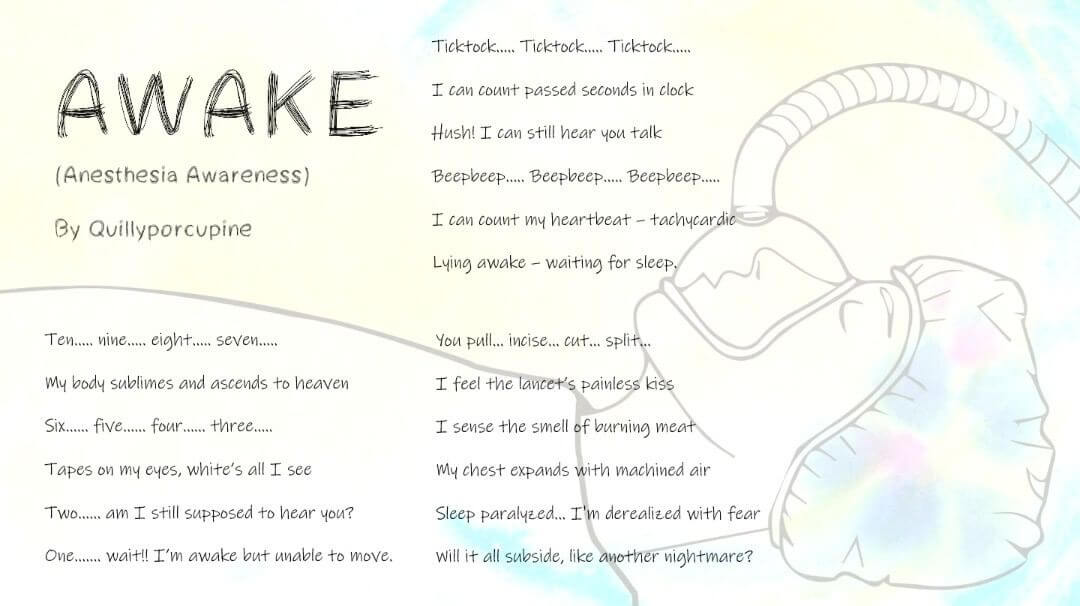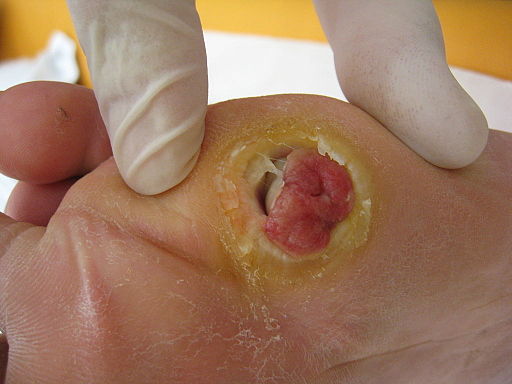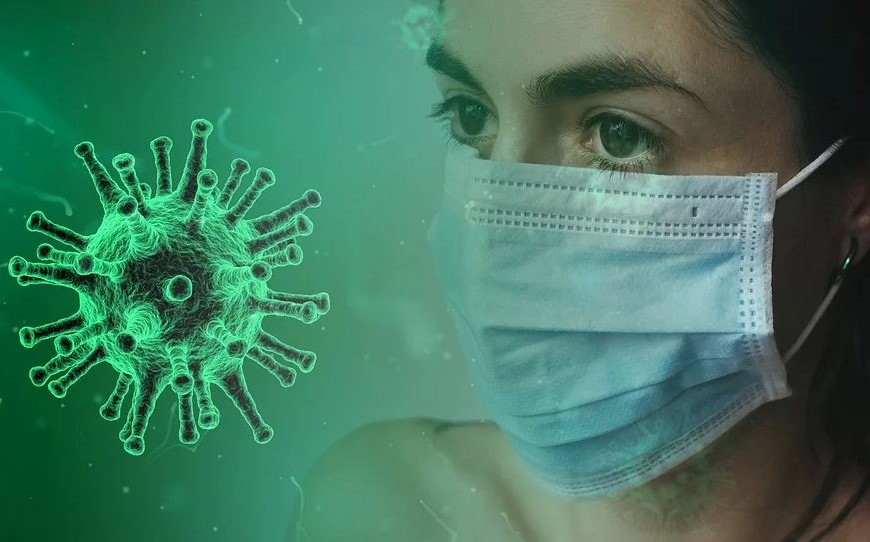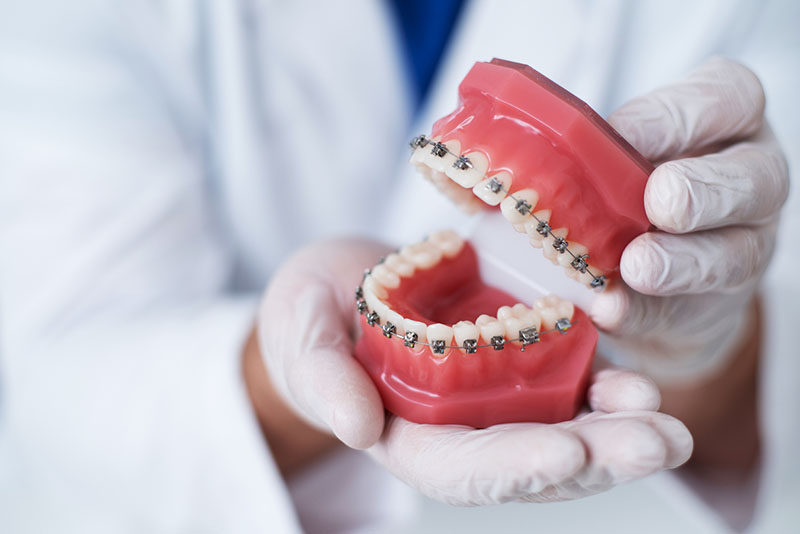Being an expat will have many pros and cons along the journey. Travelling the world, learning new languages and sampling local culture, cuisine and hospitality sounds like a dream to many, and a lot of people are fortunate enough to actually make such a huge life changing decision. However, there…
Category: Blog
Between life and death- Your success stories, writings, experience, ideas, innovations and medical life. Interviews, news reviews and analysis.

Medical Poems About Doctor, Patient and Illness
This is a collection of short poems written by me at different situations and times about medical professionals, patients and illness. Delusion of Immortality In Cotard syndrome, patients often declare to be dead, but this may also be the pathology of immortality. When reason is demolished by illness, disturbing paradoxes…

Help Your Tentative Occupational Therapy Clients and Students Step Into Telehealth
As an occupational therapist in rehabilitation medicine, you work hand-in-hand helping patients with injuries or disabilities to overcome barriers. While you have enjoyed face-to-face patient interventions, as a consequence of COVID-19 you may consider moving long-term toward providing health interactions and information electronically rather than in person. If you are…

How Can a Podiatrist Help With Diabetes?
According to the American Diabetes Association, 5% to 10% of people with foot ulcers are diabetic. 50% of people with diabetes undergo non-traumatic limb amputation, and there is 39% to 80% mortality of people with diabetes. Diabetes results from a lack of insulin in the body, or the body doesn’t…

How to get rid of pubic hair when you are pregnant?
When pregnant, you deal with numerous changes that come across as overwhelming, making pubic hair the least bit of your concern. However, you need to know that getting rid of pubic hair while you’re pregnant provides tremendous benefits. In this article, we’ll demonstrate various ways in which you can get…

The 5 Most Ridiculous Claims About COVID-19
Anytime there is a new sickness going around, rumors and false claims start to get out of hand. Fake cures, bad advice, and outrageous claims are incredibly common, especially with the sheer amount of disinformation on the web. COVID-19 is the newest conspiracy theory magnet, so we documented the five…

What You Need To Know About Breast Augmentation Surgery
People putting themselves forward to cosmetic surgery has increased greatly in the past few years. Having cosmetic surgery is now far more accepted than twenty years ago, and because of the increase in demand, more and more clinics are appearing across the country. There are so many procedures available, some…

How To Sustain Hospital Equipment To Improve Patient Care?
In the days of a full-blown global pandemic, hospitals all around the world are experiencing a surge in patient inflow. Since the nature of pandemic is so volatile, that the health condition of a recipient can quickly escalate, making intensive care essential for survival, the importance of hospitals in this…
